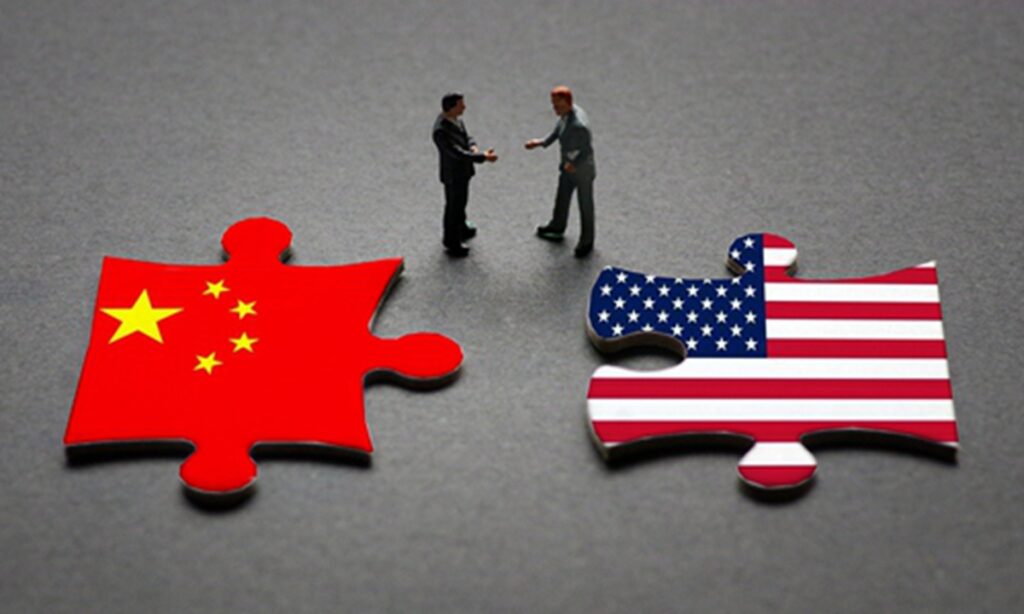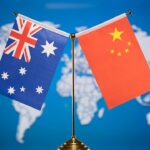Signing the executive order demanding “Buy American” only five days in the White House, Joe Biden has demonstrated his unequivocal support to the country’s manufacturing industry at the beginning of his presidency.
While being welcomed by the US manufacturing sector, the move also drew serious doubt from different quarters. Some US trade partners have expressed concern that Biden will continue his predecessor’s US-centric approach. Academic circles believe the move will run counter to its goal – increasing the cost of “Made in America,” while not creating new jobs.
Advanced economies like the US have suffered from a hollow-out effect as the manufacturing industry migrated to seek low-cost labor and larger markets. To restore its past glory, the Biden administration has announced a slew of actions to promote domestic products consumption, an extension to the efforts of previous US administrations for manufacturing revival. From George W. Bush, Barack Obama through to Donald Trump, the US has tried to increase employment, narrow trade deficit, and optimize industrial structure.
The US has made strides in some aspects, including saving jobs and boosting exports, but progress is overdue in economic structure adjustment. Some policies adopted by the US government have even proved counterproductive. The US trade war has failed to bring manufacturing industry back to the US, and the US trade deficit with China is still rising.
The most pressing challenge faced by the Biden administration in creating jobs is not federal government purchasing US-made products with the taxpayer money. According to statistics, the federal government has spent $600 billion in 2019, only 8 percent of the money going to foreign suppliers.
Instead, the most pressing challenge for Biden is that private investment has been flowing into industrial automation amid the pandemic to avoid risks come with employing workers. A significant amount of manufacturing workers need to transfer position, but the federal government is in shortage of providing funds supports, job training and coordination work.
The Biden administration has spared no effort to promote the $1.9 trillion relief plan, but the package doesn’t include additional funds for job training. According to statistics released by the House Committee on Education and Labor, the US Congress has invested only $345 million in workforce development to address the health crisis, compared to the $6 billion it appropriated for the public workforce system to respond to the Great Recession.
To revitalize the US manufacturing, the “Buy American” approach may have taken the detour. It will likely lead to US trading partners’ rising concern over whether Washington will continue the Trump administration’s US-centric approach, which runs contrary with Biden’s attempt to bring the US back into the international system. Past experience has also proved that deliberately promoting the purchase of more domestic products may increase costs and backfire.
Washington actually has better options, including removal of the Trump tariffs and learn from China’s efforts in expanding industrial open-up and promote economic cooperation with China and other economies. Over the past five years, the decline of the US manufacturing products exported to China is far larger than the fall of EU, Japan and South Korea.
China is actively building a more balanced approach to foreign economic development strategy, and will import more consumer goods and export more capital. The Biden administration can seize this opportunity to relax restrictions on Chinese investment and allow Chinese investment to help Americans manufacture more products, which can be sold back to the Chinese market.
Compared with the EU, Japan and South Korea, the US’ direct investment in China has fallen behind. The US has missed the last round of chances emerging with China’s supply side reforms, it’s expected to make a wise choice this time.
The author is the director of the Institute for Peace Development at Chinese Academy of Social Sciences. bizopinion@globaltimes.com.cn
Photo: IC



